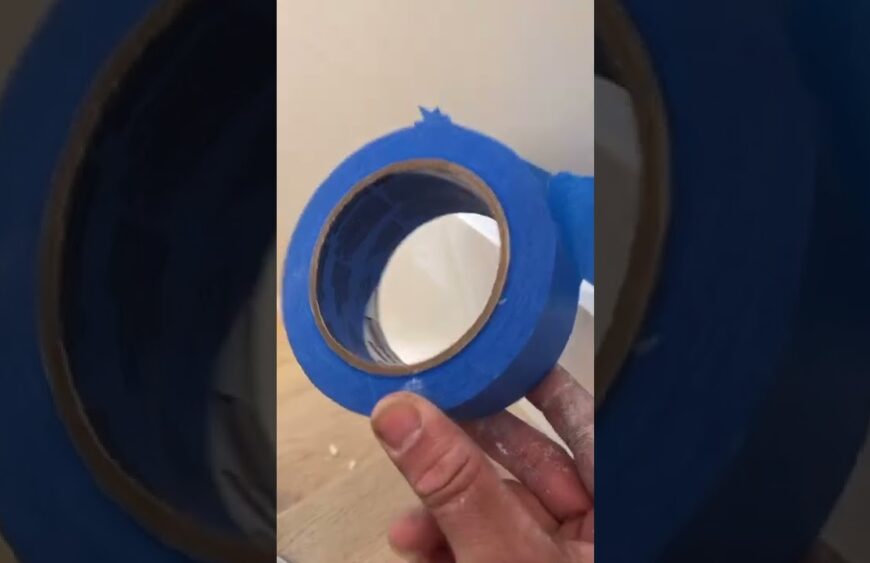Loose or detached baseboards or trim is a common problem that can occur in many homes. Over time, these trim pieces can become loose, either from regular wear and tear or from changes in humidity. In either case, it’s important to properly fix the baseboard or trim in order to ensure the integrity of your home. Here are some tips on how to properly fix loose or detached baseboards or trim.
Reattach Loose Trim
If the baseboard or trim is only loose, you may be able to simply reattach it. Begin by removing any paint or debris from the area around the trim. Next, use a putty knife to pry the trim away from the wall. If the trim is attached with nails, you may be able to simply drive the nail back in with a hammer. If the trim is held in place with glue, you’ll need to apply a fresh layer of glue and reattach it to the wall. Once the trim is firmly attached, you can repaint the area.
Replace Damaged Trim
If the baseboard or trim is severely damaged, it may be necessary to replace it. Begin by measuring the length of the trim that needs to be replaced. Then, use a saw to cut a new piece of trim to the same size as the old one. You may also need to use a chisel to remove any old nails or glue. Once the new piece is in place, you can use nails or glue to reattach it. Finally, use a putty knife to fill in any gaps between the trim and the wall, then repaint the area.
Caulk Gaps
If there are any gaps between the trim and the wall, it’s important to caulk them. Begin by cleaning the area with a damp cloth. Next, apply a layer of painter’s caulk to the gap. Use a putty knife to smooth out the caulk and make sure it’s firmly attached. Finally, use a damp cloth to remove any excess caulk. Once the caulk has dried, you can repaint the area.
Check for Other Problems
It’s also important to check for other problems that may be causing the trim to become loose. Begin by examining the wall for any cracks or other signs of damage. If you find any, you may need to repair them before reattaching the trim. Additionally, you should also check for any signs of water damage, such as mold or mildew. If you find any, you’ll need to address the issue before attempting to reattach the trim.
Prevent Future Damage
Once you’ve fixed the loose trim, it’s important to take steps to prevent future damage. Begin by making sure the trim is firmly attached to the wall. You can also use caulk to fill any gaps between the trim and the wall. Additionally, you should also check the trim periodically for any signs of wear and tear. Finally, you should also check for any signs of water damage, such as mold or mildew, and address them as soon as possible.









